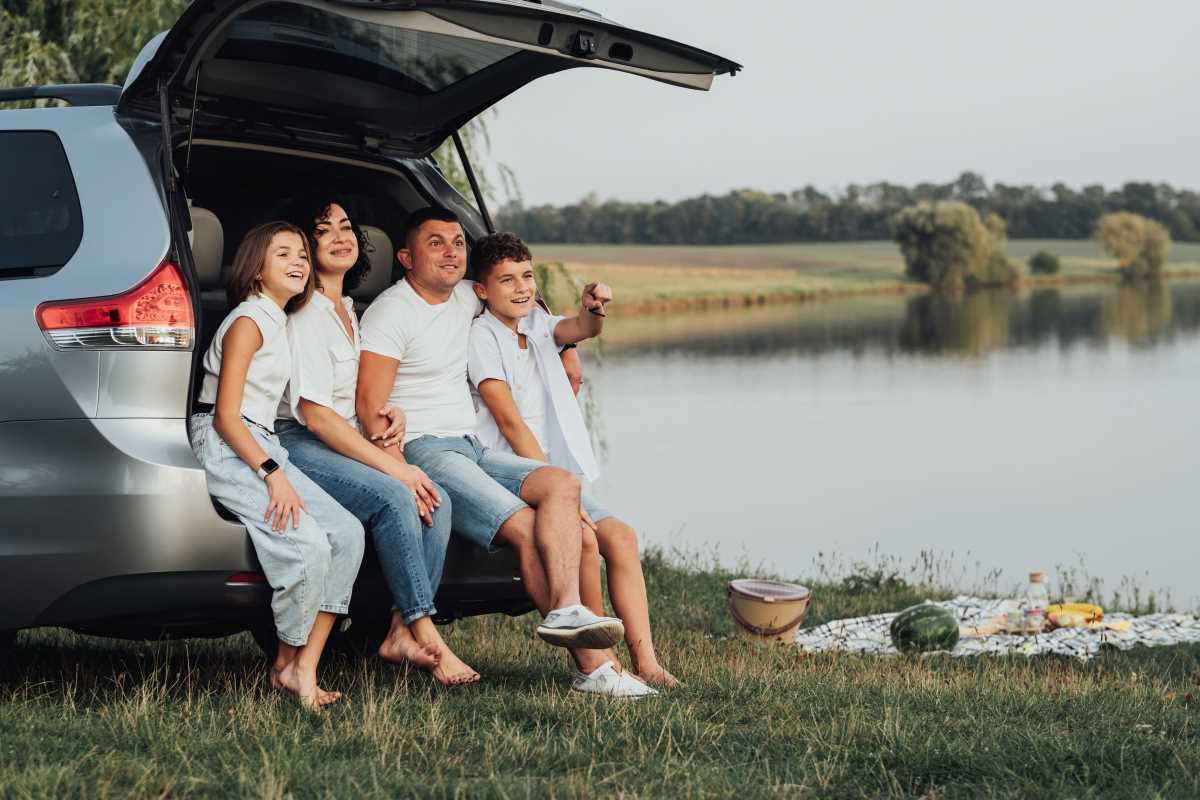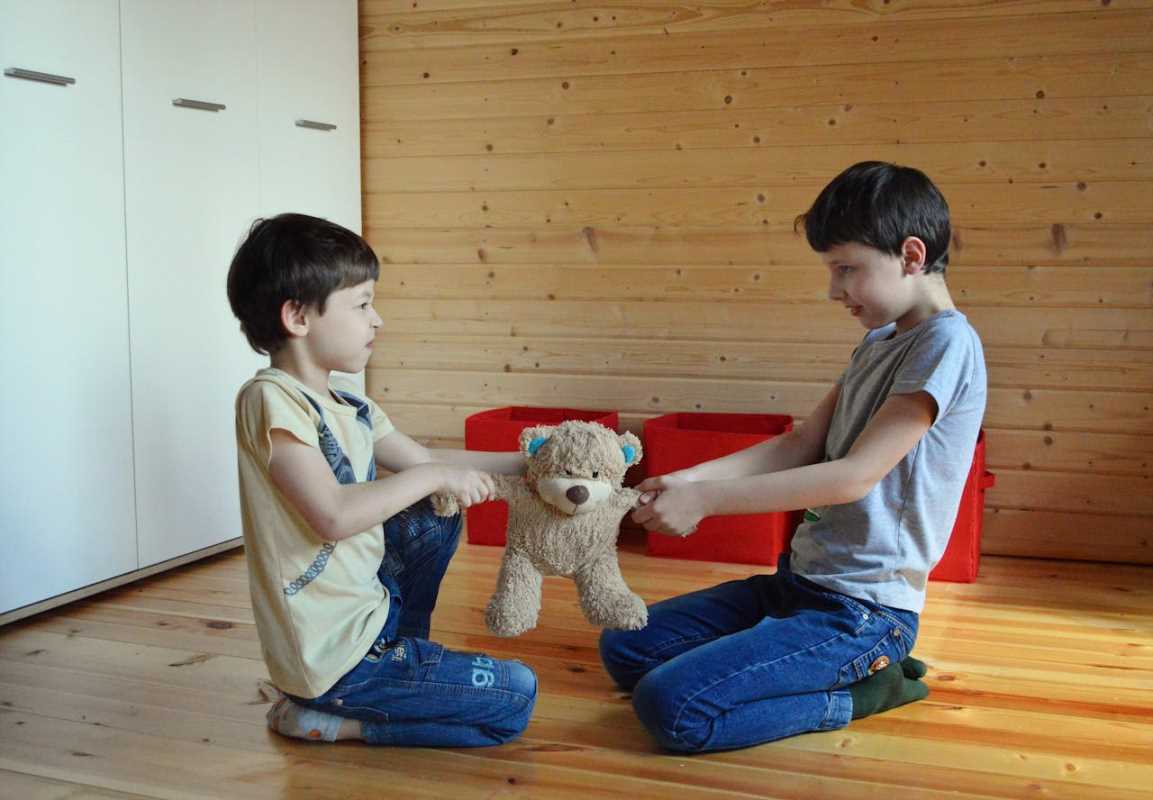Families find that organizing a road trip everyone will remember begins with gathering ideas from each member, no matter their age. Sharing thoughts around the dinner table often leads to unexpected suggestions, such as a hands-on dinosaur site for the youngest travelers or a visit to a historic battlefield that fascinates older relatives. Keeping the talk relaxed encourages everyone to contribute, and you can easily jot down these ideas in a notebook or a note app. By collecting themes, favorite spots, and possible side trips, you create a plan that reflects everyone’s interests and sets the stage for laughter, connection, and discovery on the open road.
Next, gather some basic facts online or from library guides to see what fits your family’s interests. You’ll find regional visitor centers and local tourism sites pack in details about nearby museums, parks, and landmarks. Compare distances, estimated driving times, and entry fees. When you bring all this information together, you build a flexible plan. That way everyone knows what to expect and feels invested from the start.
Choosing Learning Themes for Every Generation
Start by listing broad themes that resonate at different ages. A theme like “ancient civilizations” can appeal to kids through interactive exhibits on mummies or pottery, while parents might dive into architectural styles and grandparents reflect on how those societies shaped modern life. Tailor each theme with age-friendly layers so that a simple artifact glance for younger travelers turns into a deeper historical discussion with older family members.
Pull in ideas from each person. Maybe one teen loves marine biology, another grandparent grew up reading about explorers, and a younger child dreams of space travel. Organize themes under headers—nature, technology, culture, or adventure—so you mix and match stops that hit multiple interests. Aligning each day around a central idea keeps everyone curious and avoids aimless driving. Plus, it sparks on-the-road conversations when you spot a geology outcrop or a roadside marker related to your theme.
Mapping Your Route and Stops
Once you’ve picked themes, input your points of interest into a mapping tool or app. Look for scenic byways and low-traffic secondary roads to break up highway monotony. You’ll find gravel-surface overlooks, rest areas with picnic tables, and short walking trails. Plot these ahead of time helps you balance driving hours with hands-on learning moments.
Arrange stops so no single day strains anyone’s patience. Aim for two to three main destinations daily, with buffer zones for unexpected detours—like a roadside fruit stand or an impromptu nature hike. Estimate travel times conservatively. Check each stop’s hours of operation, especially if you move through small towns where attractions might close early. Being mindful of opening times keeps you from arriving at a closed gate and scrambling for Plan B.
Engaging On-the-Road Activities
- Theme-Based Scavenger Hunt: Create a list of items or landmarks tied to your learning themes—old bridges, marker stones, wildlife crossings.
- Storytelling Relay: Pass around a notebook or recording device and let each person add a sentence to an evolving story inspired by what you see outside the window.
- Audio Field Guide: Download free or low-cost recordings about local birds, insects, or geological wonders to play during long stretches of road.
- Map Sketching: Give each person a small sketchpad and colored pencils for drawing landscapes, historical markers, or roadside flora.
- Family Quiz Time: Prepare a short quiz based on facts from the day’s stops; offer small treats or privileges as prizes.
These activities keep everyone engaged without screens dominating the trip. Rotate games so older folks tackle trivia or history quizzes, while younger kids focus on visuals or simple matching tasks. Include a shared playlist featuring songs tied to regions you pass through; music brings extra energy as you roll along.
Encourage spontaneity too. If someone spots a herd of bison or an unusual rock formation, pull over safely and explore. Those unplanned pauses often become the most memorable chapters in your travel journal.
Packing Essentials and Educational Gear
Start with a compact first-aid kit that includes bandages, antiseptic wipes, and any prescription meds. Add reusable water bottles, sun hats, and quick-dry towels. For learning tools, pack lightweight binoculars, a pocket-sized field guide to birds or plants, and a foldable magnifier for close-up nature studies. A small dry-erase board and markers let kids sketch findings without paper waste.
Load a USB power bank and a handful of cables to keep any handheld audio players or e-readers charged. Label each cable with washi tape so you avoid the “whose charger is this?” scramble. Bring sturdy tote bags or waterproof pouches to protect books and notebooks if rain sneaks up on you. Finally, toss in a few packs of colored pencils or felt-tip pens for everyone—sketching fosters a hands-on connection with each place you visit.
Managing Time, Budget, and Rest Stops
- Decide on a maximum of three to four hours behind the wheel each day. Break that into two driving segments with a refresh stop in between.
- Research admission costs online and note any free days or multi-attraction passes. Divide the total budget by the number of family members.
- Plan for picnic lunches using local market finds—fresh bread, cheese, fruits, and juices. Reserve restaurant visits for dinner to sample regional dishes.
- Identify rest areas, playground parks, or historic pull-offs every 90 minutes. Stretching legs and shifting scenery prevents crankiness.
- Use a simple spreadsheet or note app to log gas, snacks, accommodations, and entry fees. Do a quick tally each evening to avoid surprises.
Watching both time and money helps you avoid rushed days or budget blowouts. After each day’s log, adjust future plans if you notice any pinch points—maybe swap a pricey museum visit for a free walking tour or shorten the driving stretch to add a mid-afternoon beach break.
Tips for Capturing Memories
Designate a rotating “memory maker” each day to photograph scenes, take short video interviews with family members, or collect small keepsakes like leaf rubbings or ticket stubs. Compile these into a shared digital folder or journal as you travel. It turns memory-keeping into a group activity instead of leaving it all to one person.
Encourage everyone to write a quick daily highlight—just a sentence or two—on a shared note card. Slip those cards into an envelope or a scrapbook. At day’s end, read the highlights aloud during a cozy pit stop or around a campfire. These little rituals reinforce learning themes and deepen the family’s connection to each site.
Plan your road trip with flexibility and creative tools to make history, nature, and culture come alive. It creates memorable experiences and shared stories across generations.
 (Image via
(Image via





